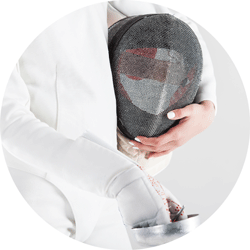In the latest round of the long running skirmish between confectionary giants Nestlé and Cadbury, Nestlé has lost its appeal to secure trade mark protection for the shape of its four-finger Kit Kat bar.
The focus this time was on the question whether or not the shape of the four-finger Kit Kat bar had acquired distinctive character.
A shape must be distinctive if it is to achieve registration as a trade mark; i.e. it must be capable of identifying the goods in question as originating from the trade mark owner. A shape may be inherently distinctive or it may acquire distinctiveness through use over time.
The shape of the bar was not inherently distinctive, “such that members of the public are likely to take it as a badge of origin in the way they would a newly coined word or a fancy name”. But had it acquired distinctive character through many years of sales on a very large scale?
Survey evidence showed that respondents associated the shape of the bar with Kit Kat; not a great surprise where most people have probably eaten one. To establish acquired distinctiveness, it is not, however, sufficient to show that consumers merely recognise an inherently non-distinctive mark and associate it with the trade mark applicant’s goods; i.e. it is not enough for consumers to think, “it looks like a Kit Kat”. Instead, a significant proportion of consumers must perceive the goods designated by the mark as originating from a particular undertaking; i.e. consumers must believe from its shape that, “it is a Kit Kat”.
In making this fine distinction, one of the appeal judges found it helpful to imagine a basket of unwrapped and otherwise unmarked four-fingered chocolate bars. He commented, “For there to be acquired distinctiveness, the consumer must perceive these goods as being Kit Kats, or as originating from the people who make Kit Kats, and not from others. A perception that they looked like Kits Kats is not enough. Acquired distinctiveness carries with it an indication of exclusive trade origin.”
The decision sets a high bar for acquired distinctiveness.
You can read more on shape trade marks and this battle here.





